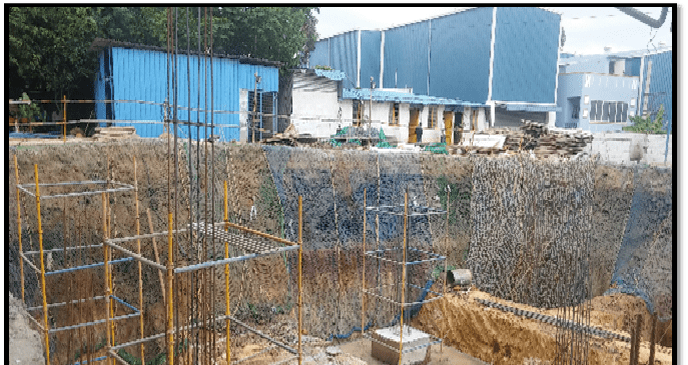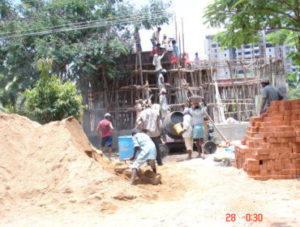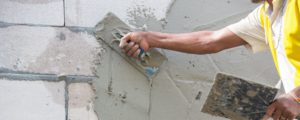Excavation for Basement and Footing
- For starting excavation works, for any structure, we need some reference points to proceed, hence, first and foremost thing is to establish Temporary Bench Marks (TBM) all round the project site. These TBMs are permanent in nature and should be clearly visible. Once these points are established, then by using paint and brush mark Reduced Levels (RL) on its surface.
- For maintaining accuracy in excavation works, it is important to take grid levels at 5 meter regular intervals before going for mass excavation. But earth having sloping terrain or rolling terrain then it is very much necessary to take grid levels at close intervals, say at 3m for greater accuracy.
- It is highly advisable to go for excavation works always, in a phased manner, to avoid any practical difficulties of excavation may likely to occur in coming days.
- Collect as much as possible, all data regarding water table, period of monsoon, density of rain fall in particular location and Keep dewatering pumps available and discharge point accessible.
Keep these pumps ready, when once the depth of excavation crosses the existing water table level. (Fig 1 & Fig 2)
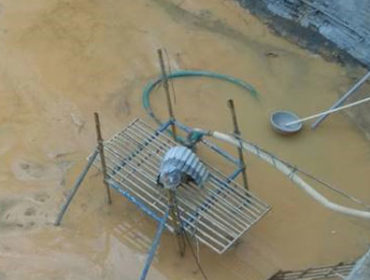
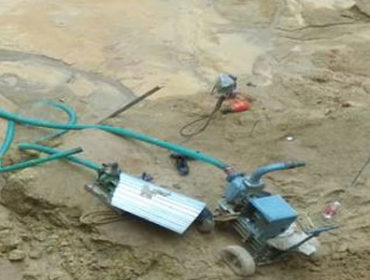
5. It is necessary to provide shore slopes or step cut the sides, sometimes called “earth benching,” as we excavate below 1.2 meters to ensure stability of sides. Wherever the depth of excavation is beyond 1.2 meter, barricading all around the excavated area at a distance of one meter from the edge of excavation. Safety measures to be strictly followed (Fig 3 & Fig 4)
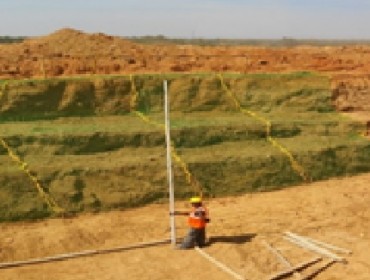
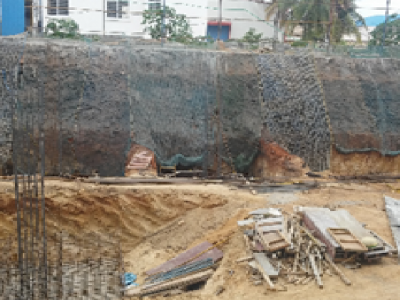
6. Since the cost of hire charges of machinery and equipment used for excavation is very high, planning is very much essential and combination of manual and mechanical means of excavation should be matched in order to avoid unnecessary idling of equipment. (Fig 5)
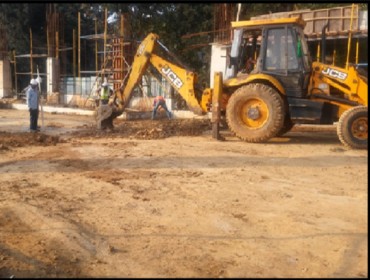
7. It is better to avoid excavation during night times. Due to lack of visibility errors may occur, even under artificial lights. From safety point of view also, it is unsafe for workers and supervisors under poor lighting conditions.
8. With reference to the TBM (Temporary Benchmark) located around the site, Depth of excavation is always carefully monitored with dumpy level and it should be as per the required depth only.
9. Always, it is necessary to Plan excavation works well in advance for balance cutting and filling.
So that excavated earth can be stocked in site itself, and later can be used for back-filling, thus minimizing cost of transportation and time.
10. When once the required depth of excavation is reached, perhaps the hard strata is visible, then Structural consultant should inspect the site and certify the strata and depth of excavation. Immediately after the inspection, the bottom level of excavation is sealed with “blinding” means – A layer of sand filling the gaps in the excavated surface, as one of crushed and compacted stone.
11. With the help of compressed air jack hammer, chiseling, wedging etc., hard rock can be removed from the excavated area, likewise try to avoid blasting as much as possible. (Fig 6 & Fig 7)
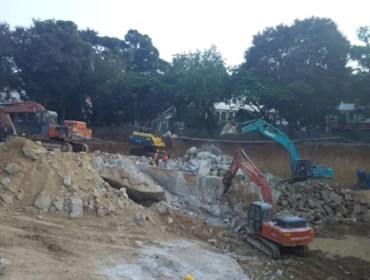
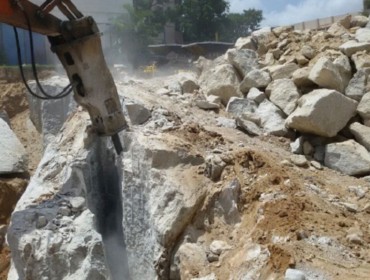
12. Under unavoidable circumstances, if blasting is essential, then work should be entrusted to experienced and authorized blasting contractor. After obtaining necessary statutory clearances then Controlled blasting should be resorted to. Enough safety Signage, deployment of safety supervisor with constant monitoring is absolutely required during blasting operations.
13. Caution: Carefully ascertain the location of all permanent main services namely Water supply lines, Underground cable line, sewer lines, telephone cables, OFC etc. It is very much necessary to protect these lines throughout the phase of excavation, backfilling and compaction.

